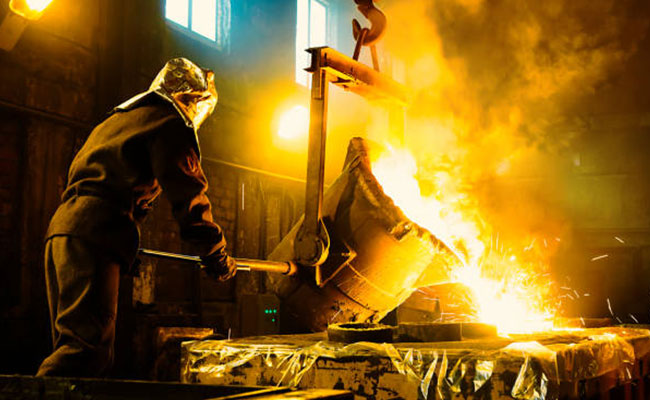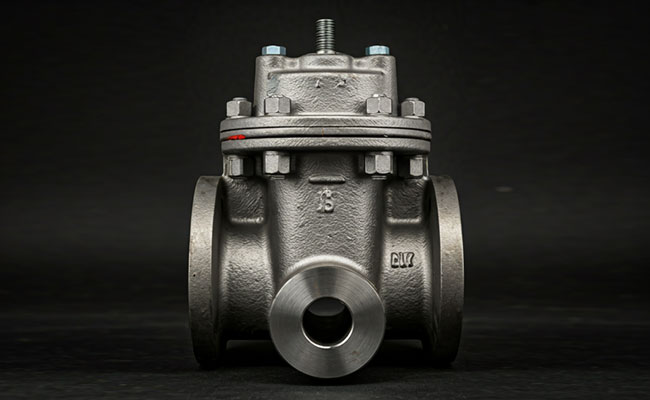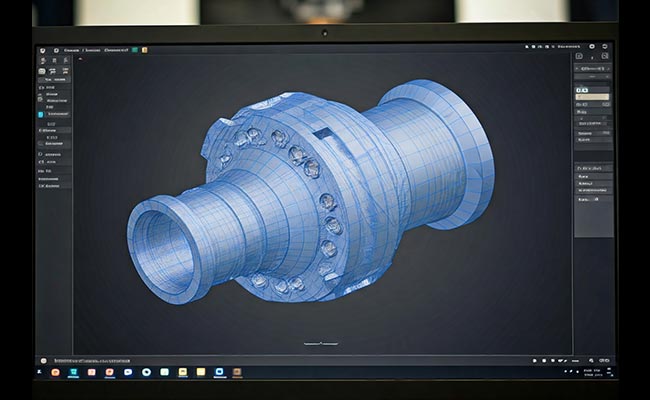
Recent Trend in Iron Casting Part I
2024-05-14
Introducing our Mooring Bollards
2024-05-28Another significant trend is the integration of digitalization and Industry 4.0 principles into the iron casting process. Foundries are leveraging digital twin technologies, simulation software, and real-time monitoring systems to optimize every stage of production, from design and pattern making to casting and inspection. Digital simulations help predict and prevent defects, optimize gating and riser designs, and simulate casting solidification to ensure uniform properties. Real-time monitoring systems provide actionable insights into process parameters, enabling proactive maintenance and quality control. The adoption of digitalization not only improves efficiency and productivity but also enhances the overall competitiveness of iron casting foundries in the global market.
Furthermore, sustainability has become a central focus for the iron casting industry in recent years. With increasing environmental regulations and consumer demand for eco-friendly products, foundries are striving to minimize their environmental footprint through various initiatives. This includes implementing energy-efficient technologies, recycling scrap materials, reducing emissions, and optimizing resource utilization. Some foundries are even exploring alternative energy sources such as solar or wind power to power their operations. By embracing sustainability practices, iron casting manufacturers not only reduce their impact on the environment but also enhance their brand reputation and attract environmentally conscious customers.

Additionally, there’s a growing emphasis on automation and robotics in iron casting facilities. Automation technologies, such as robotic pouring systems, automated mold handling, and robotic finishing, are increasingly being deployed to streamline production processes, improve efficiency, and enhance worker safety. Robotics also enable foundries to mitigate labor shortages and reduce reliance on manual labor, particularly for repetitive or hazardous tasks. Moreover, advancements in artificial intelligence (AI) and machine learning are being leveraged to optimize production scheduling, predict maintenance needs, and improve process control, further driving efficiency gains in the iron casting industry.
In conclusion, the iron casting industry is undergoing a period of significant transformation, driven by advancements in materials, digitalization, sustainability, and automation. These trends are reshaping traditional practices, enabling foundries to produce higher-quality castings with greater precision, efficiency, and sustainability. As the industry continues to evolve, it will be essential for iron casting manufacturers to stay abreast of these trends and embrace innovation to remain competitive in a rapidly changing market landscape.



